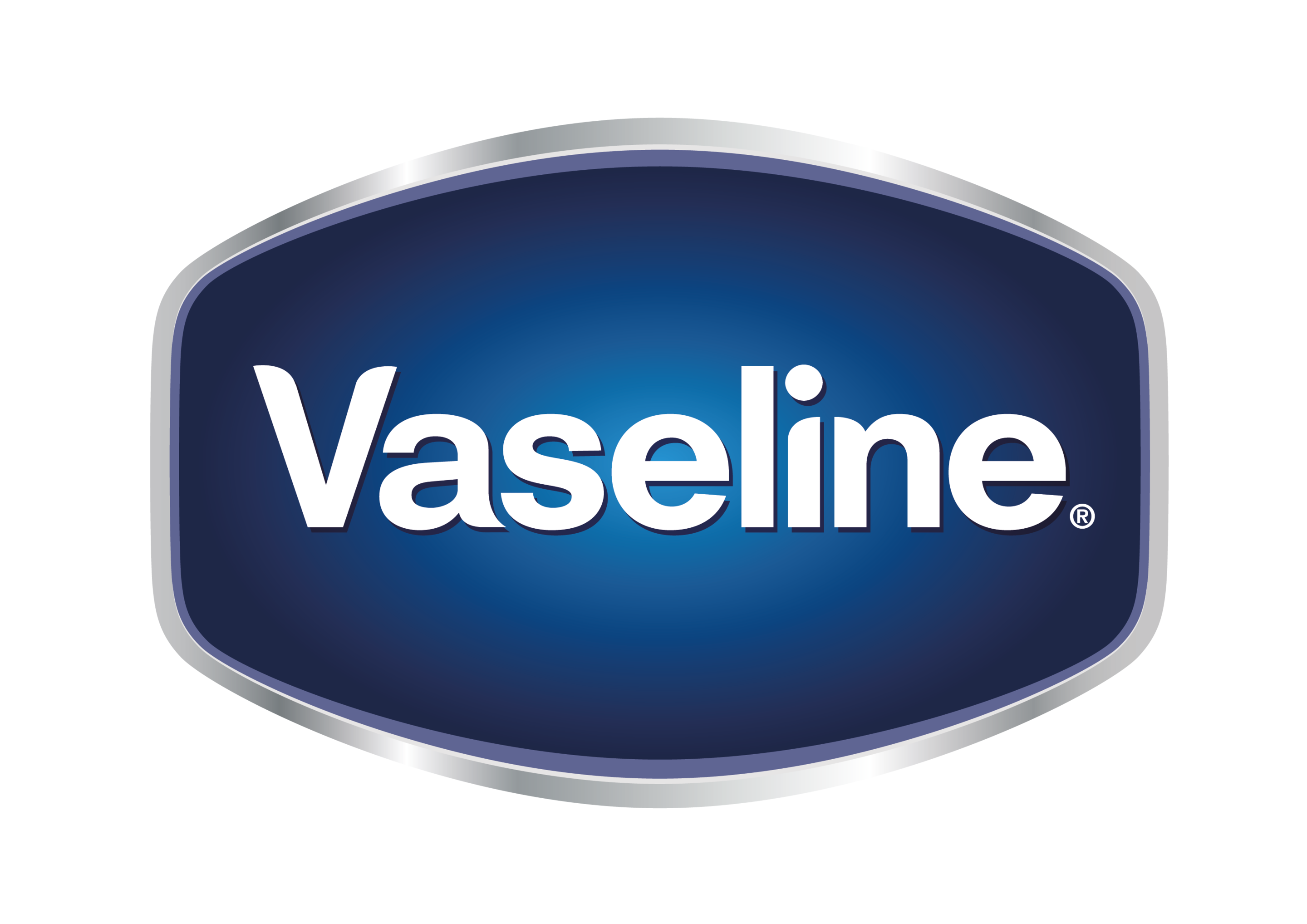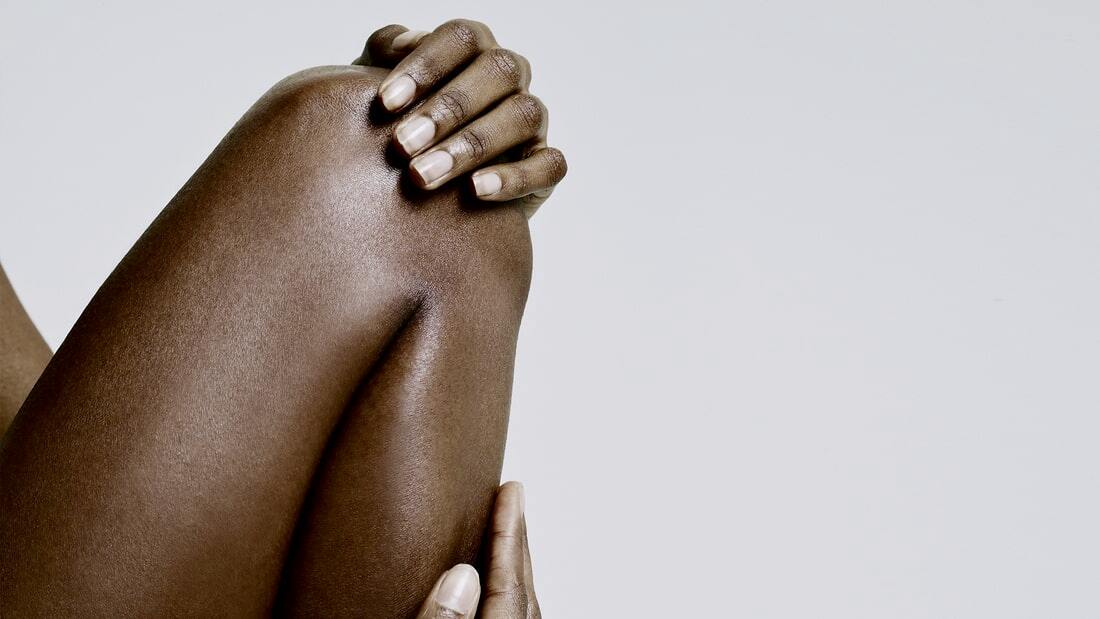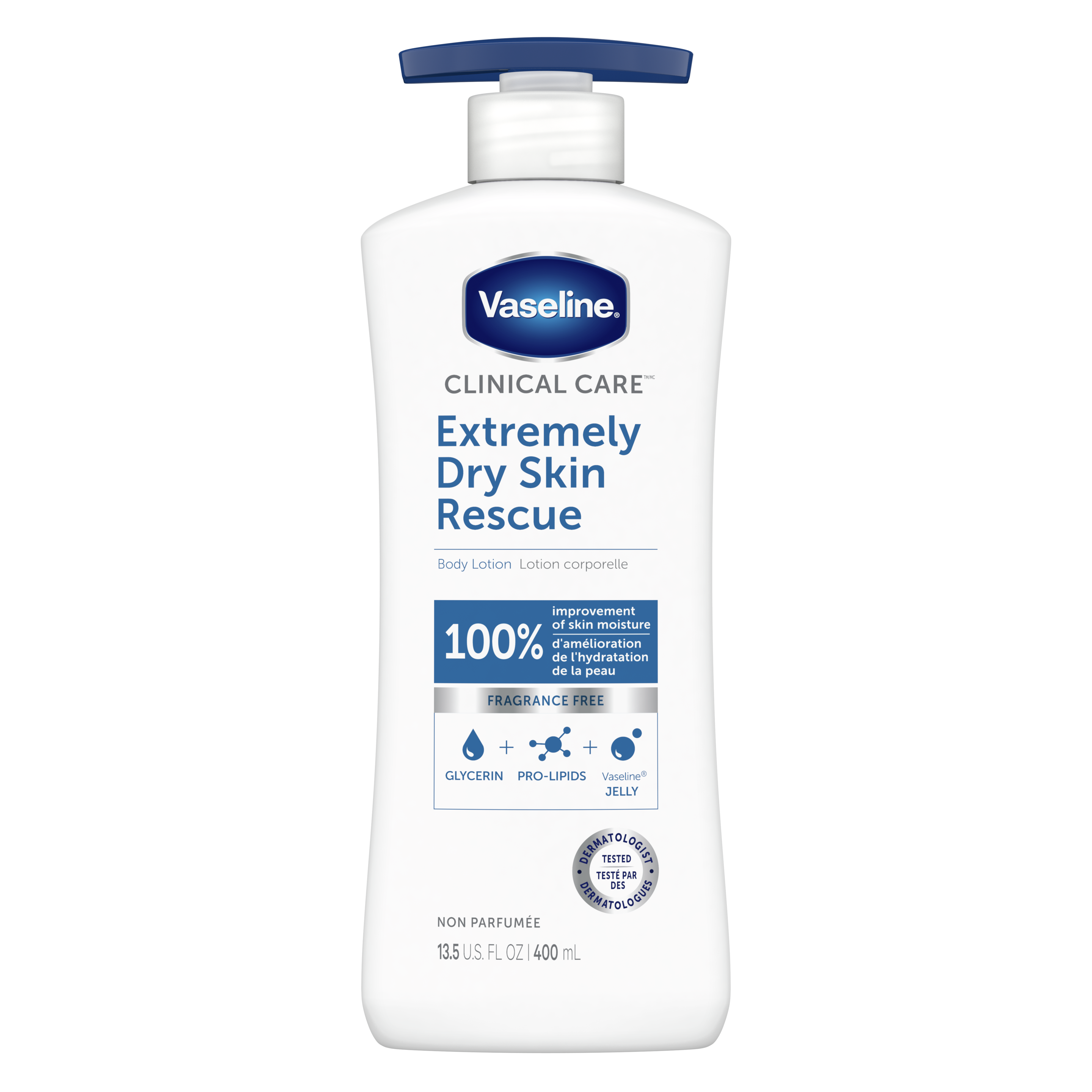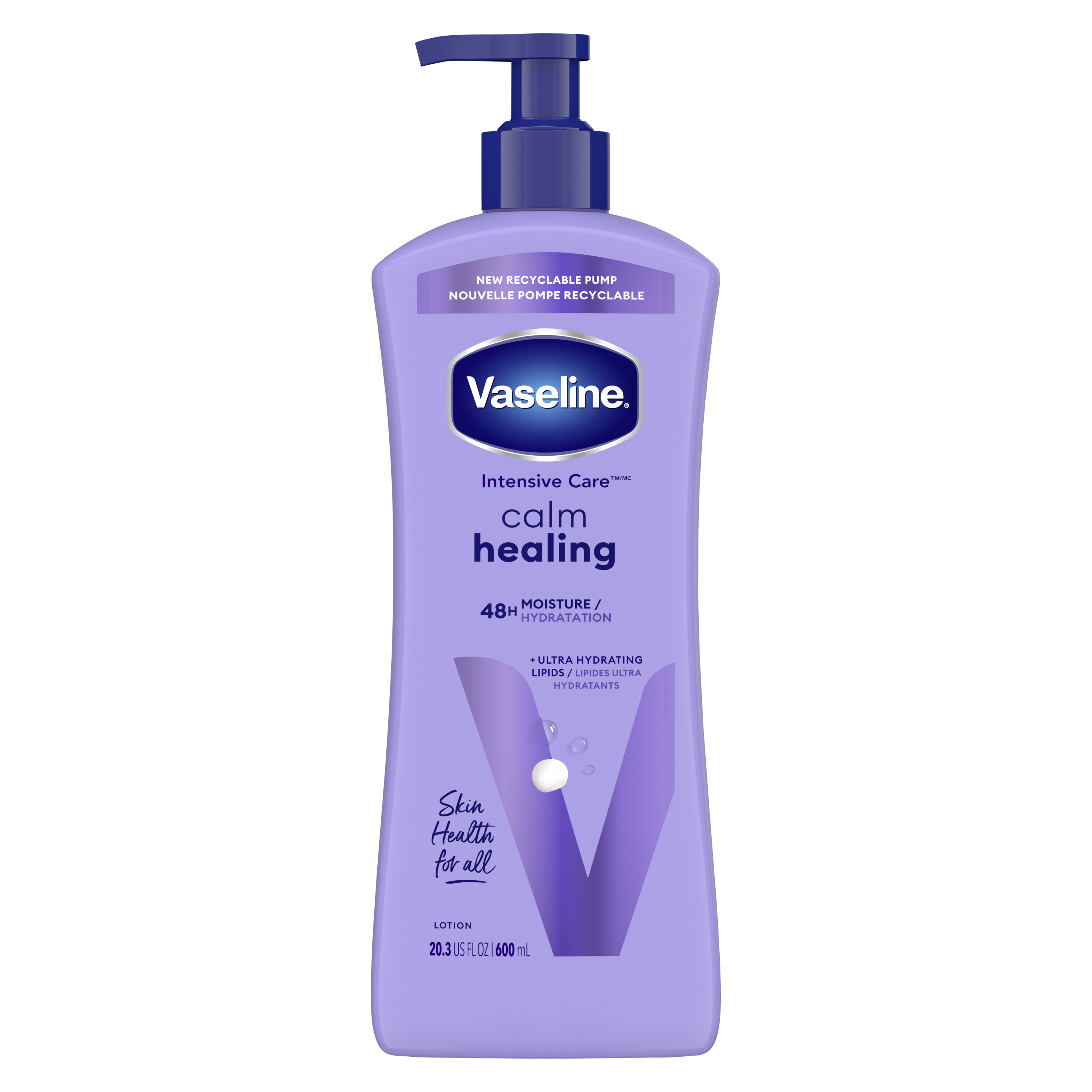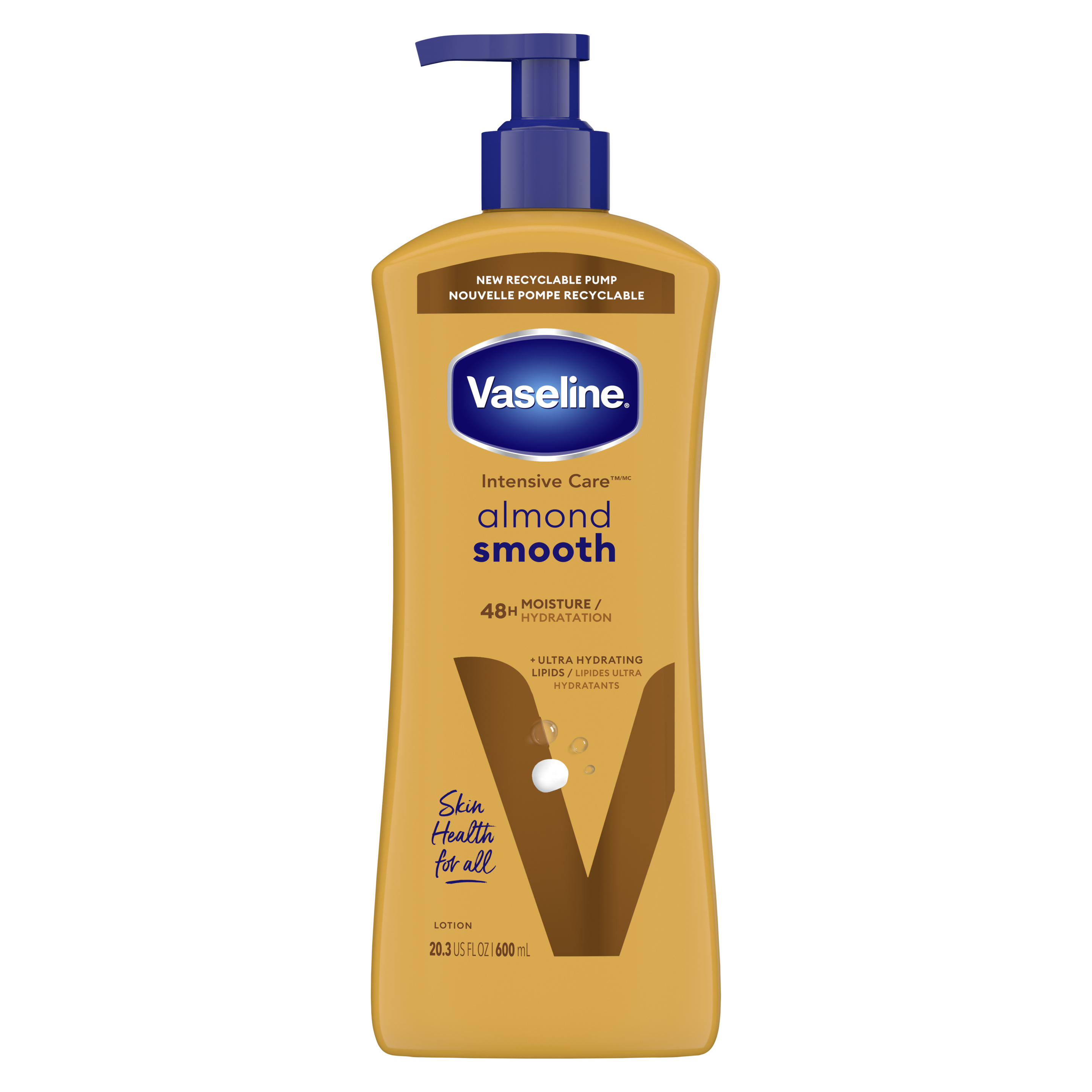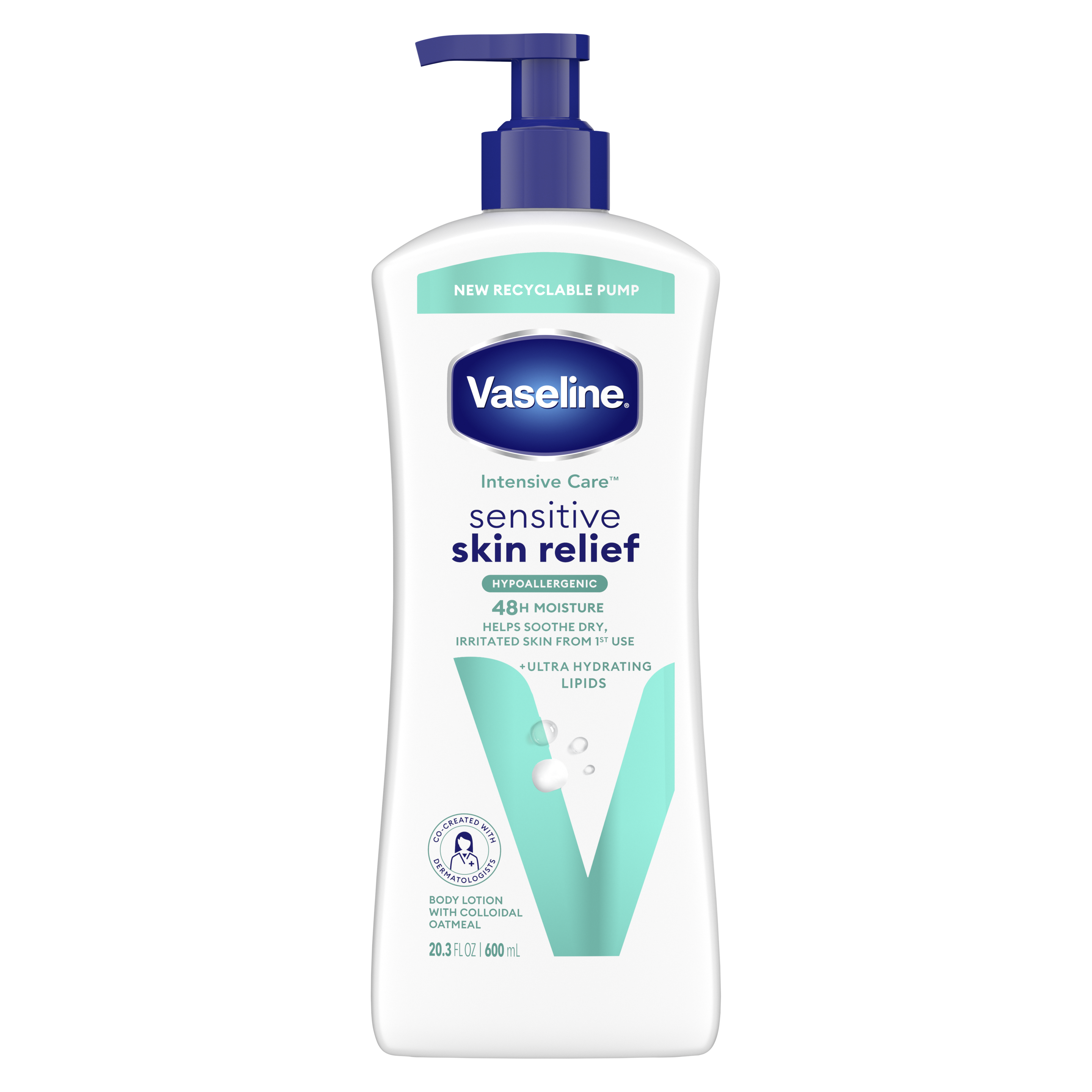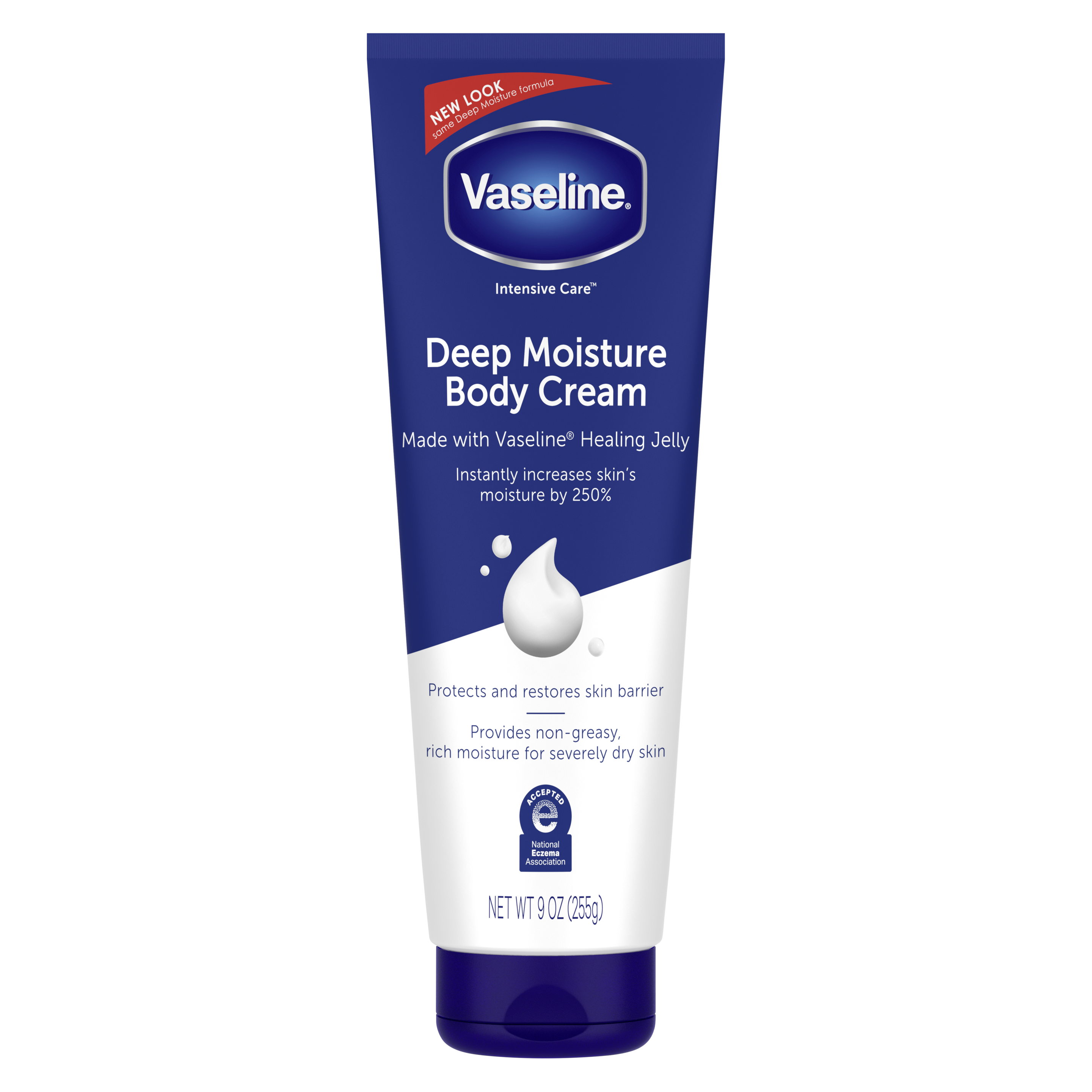Skip to content
Here's how to care for thin skin.
Thin and inelastic skin is a natural part of aging for men and women. For mature women, it can also be a sign of menopause.
- Skin Thinning.
Estrogen is a hormone that, among other things, increases blood flow through capillaries in the skin. During perimenopause (the period of time before menopause) estrogen levels decline. This decreases blood flow through the dermal capillaries in the skin.
Decreased blood flow means that fewer nutrients are able to reach the skin’s surface. As well as slowing the cell turnover rate, this results in a thinning of the epidermis (the outer layer of skin).
- Inelastic Skin
The decrease in estrogen production during menopause also causes a loss of skin elasticity. It’s estimated that your skin loses 0.55% of its elasticity every year after menopause.
- What Does Collagen Do?
A Collagen is a protein that helps strengthen skin. As you age, collagen and other elastin proteins experience an internal reaction in the body. This results in the cross-linking of protein fibers, one of the primary causes of wrinkles.
- Protecting Inelastic and Thin Skin
Thin and inelastic skin needs extra care as it’s more prone to bruises and tearing. Here are a few ways you can prevent everyday skin damage.
Avoid Sun Exposure – Sun exposure is damaging to any skin type, especially older skin. If you spend a lot of time in the sun, cover your arms and wear a wide-brimmed hat. Make sure you apply sunscreen of at least SPF 15 and reapply often so you’re always protected.
Take Vitamin A – Also known as retinol, vitamin A helps keep the skin healthy. It acts as an antioxidant, preventing damage from free radicals, which break down skin cells and cause wrinkles. You can add vitamin A to your diet by eating eggs, dairy products, yellow vegetables and carrots.
Moisturize – As you age, your skin becomes drier, as well as thinner. Moisturizers replenish and hold water in the outer layer of skin so your skin feels soft. For best results, apply Vaseline® Mature Skin Rejuvenation Lotion to damp skin and throughout the day to strengthen and keep skin flexible.
- Taking Care of Your Skin
Coping with skin changes during menopause can be made easier. Staying protected from the sun, moisturizing regularly and maintaining a balanced diet can help you and your skin handle menopausal changes with ease.
Expert Advice
The advice in this article does not constitute medical advice, it is solely available for information purposes.Discover how to treat skin changes during menopause.

